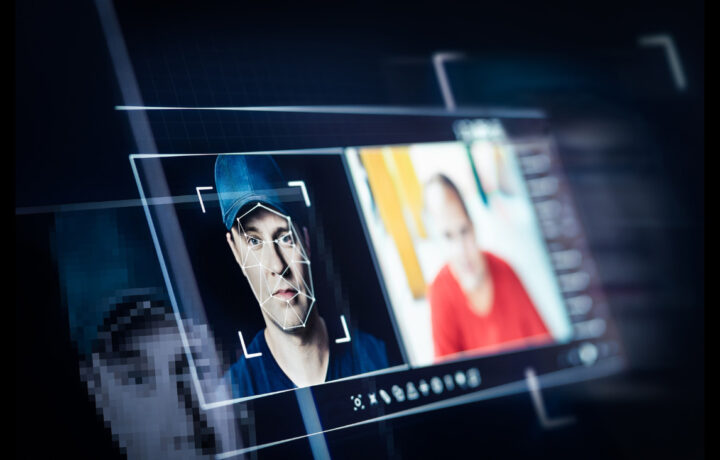“Seeing is believing” – or rather was until the development of deepfake technology. The rise of artificial intelligence has enabled convincing videos to be created more easily and faster than ever before. According to a study conducted by IT security provider Trend Micro earlier this summer, upwards of 80% of respondents said they’ve encountered deepfake images, while 64% said they’d seen a deepfake video, and 48% have heard a deepfake audio.
While a significant percentage of respondents felt they could identify deepfakes – 57% for images, 48% for videos, and 45% for audio – the danger is that the technology is only going to improve. As that happens, the danger is that the old practice of “seeing is believing” could result in the spread of misinformation and disinformation.
With the run-up to this year’s presidential election, the stakes have never been higher, and security experts have warned that deepfakes have already been employed – and that trend is likely to continue.
“Technology is getting better over time. It is inevitable that there will be a time where people just looking at it will no longer be able to tell the difference,” technology industry analyst Roger Entner told ClearanceJobs. “The ramifications are huge when you can’t trust your own eyes anymore, no matter how hard you try.”
This problem will continue after Election Day and could impact Americans at all levels.
“Our latest research reveals several new deepfake tools that make it easy for cybercriminals at all skill levels to launch damaging scams, social engineering, and security bypass attempts,” warned Kevin Simzer, chief operating officer at Trend Micro. “We are leading the industry in fighting back for both our enterprise and consumer customers with new capabilities to detect deepfakes and other forms of AI fraud. Like past shifts in the threat and IT landscape, we’ve seen the challenge of securing AI and risen to it.”
Technology To Fight Deepfakes
Another old saying springs to mind – namely fight fire with fire, and in this case, it may require specialized software to combat deepfakes.
This week, Trend Micro announced its DeepFake Inspector, available soon on the Trend Vision One platform. According to the company, it can alert enterprise security teams, enabling them to learn, educate, and take proactive measures to prevent future attacks, while it can be used to help verify if a party on a live video call is employing deepfake technology.
In addition, software security provider McAfee has also introduced its Deepfake Detection software suite, which will first be available on select Lenovo AI PCs.
The Deepfake Detector was developed with advanced AI models trained on nearly 200,000 video samples, analyzing the audio, and will alert users browsing the Internet or viewing posts in their social media feeds. As with the company’s antivirus software, the detector was designed to run quietly in the background, while it will alert users of suspicious content.
“Bad actors create highly sophisticated impersonations that can trick people into believing they’re interacting with trustworthy sources, and deepfakes targeting celebrities, politicians, and other high-profile figures are increasingly prevalent,” McAfee Chief Technology Officer Steve Grobman told ClearanceJobs.
“McAfee Deepfake Detector uses AI-powered technology to alert people in seconds if it detects AI-generated audio in a video. We think of this functionality much like a weather forecast: if you know there is a good chance of rain, you would likely bring an umbrella when you go outside,” Grobman added. “Similarly, McAfee Deepfake Detector gives you insights that help people make decisions about the authenticity of the content they see online.”
Security experts still suggest that all users should slow down before reacting to what they see online, and confirm that it is coming from a credible source.
“We are giving people the digital street smarts they need in an increasingly online-driven world,” said Grobman, “where it’s easier than ever to spread misinformation and disinformation.”




